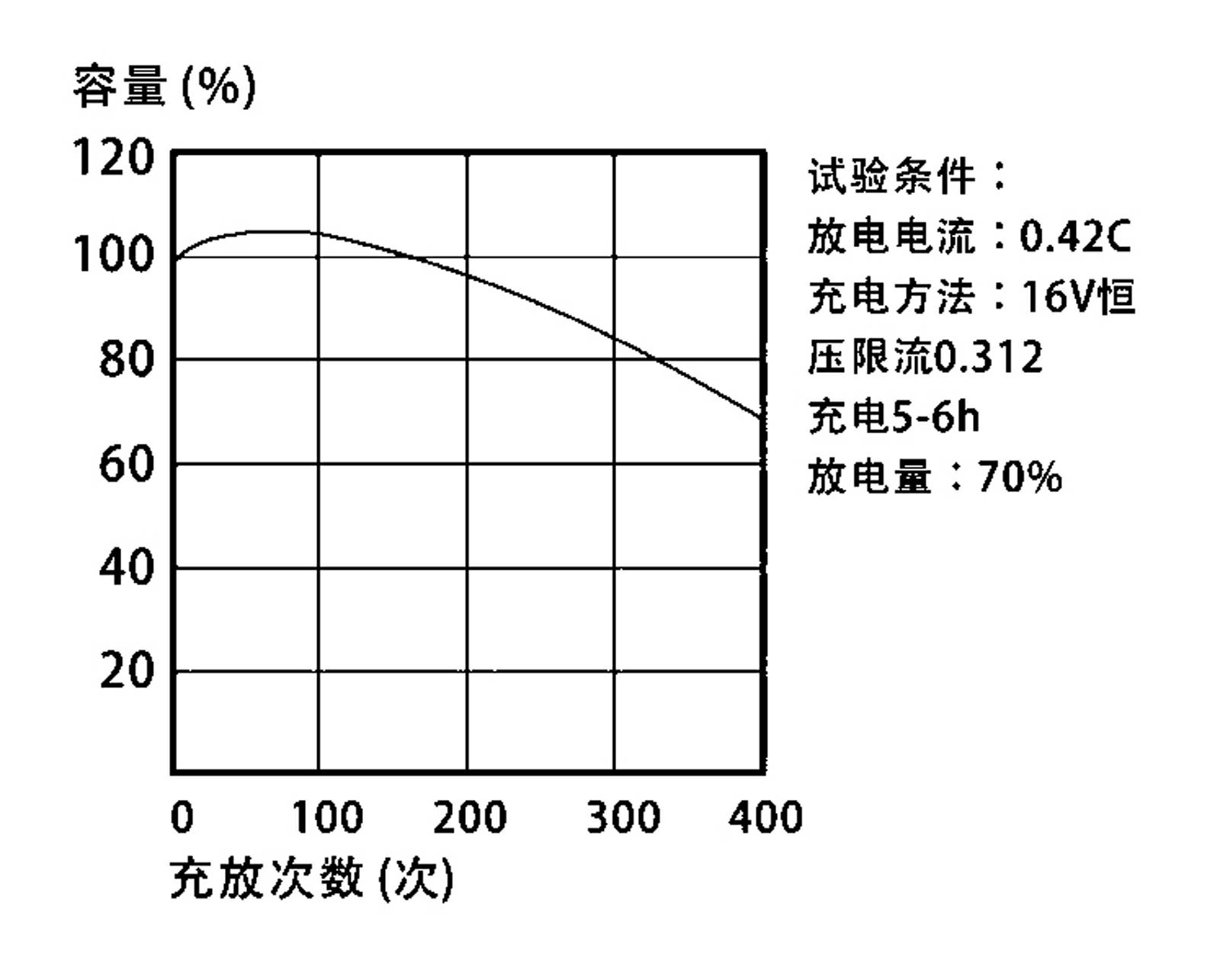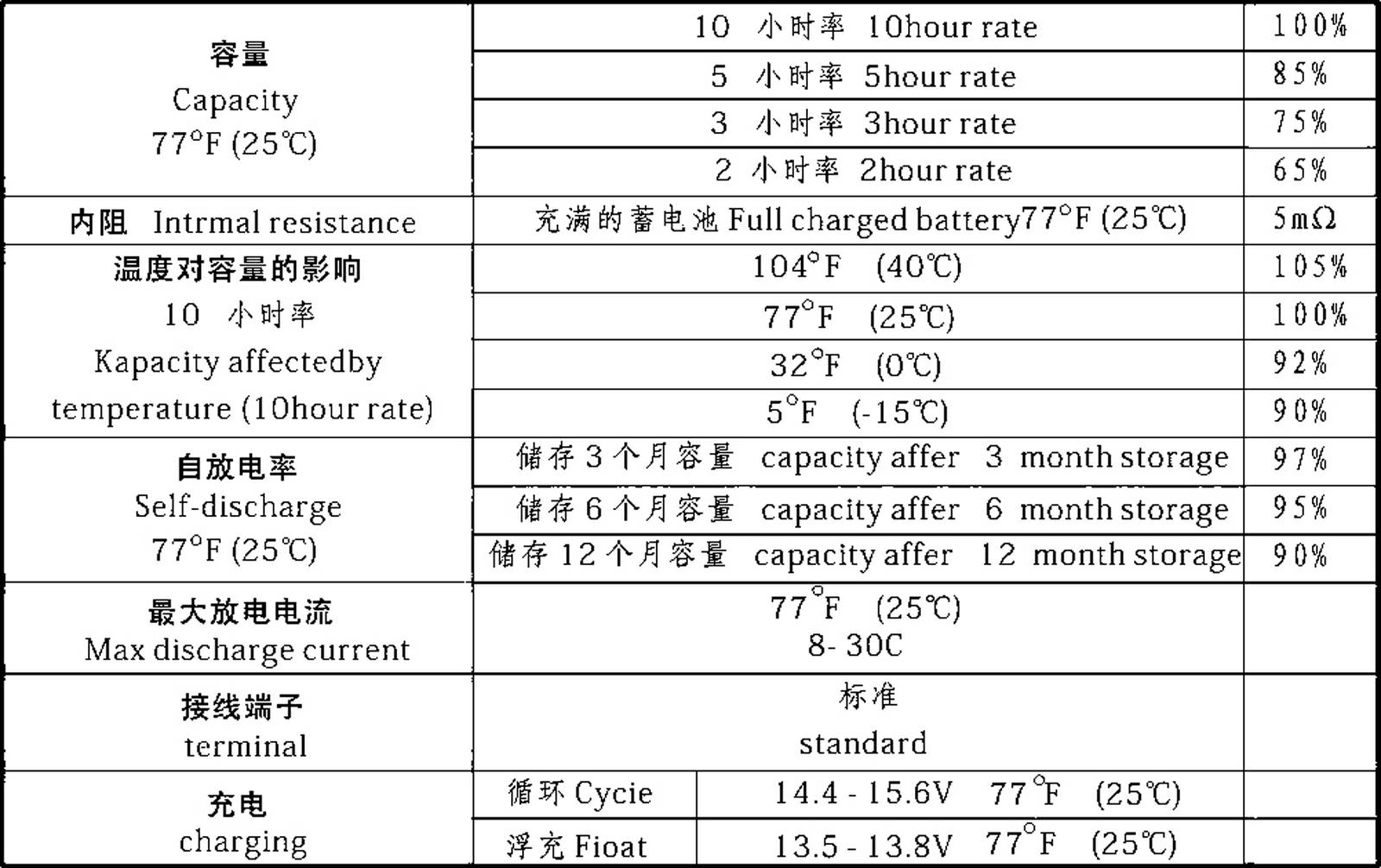Silicate electrolyte for battery and preparation method thereof
An electrolyte and silicate technology, applied in lead-acid batteries and other directions, can solve the problems of irreversible damage to personnel and the environment, difficult recovery of electrolyte, poor battery performance, etc., to achieve good infiltration performance, no charge-discharge memory effect, Use safe effects
- Summary
- Abstract
- Description
- Claims
- Application Information
AI Technical Summary
Problems solved by technology
Method used
Image
Examples
preparation example Construction
[0019] A preparation method of silicate electrolyte for storage battery, comprising the following steps:
[0020] a) Silica plus deionized water is stirred and dispersed at high speed, and dilute sulfuric acid is added to mix and stir to react;
[0021] b) Add ammonium phosphate, ammonium persulfate and potassium sulfate, mix and stir to react;
[0022] c) Add polyacrylamide, dispersant, stabilizer and catalyst, stir in a sealed environment at normal temperature and pressure, and catalyze the reaction for 12-24 hours;
[0023] d) After the catalysis is completed, the mixed liquid is magnetized to obtain the product of the present invention.
[0024] Further, the basic salt is at least one of basic salts of metal sodium and potassium.
[0025] Further, the dispersion stabilizer is one of glycerol, polyvinyl alcohol and fatty alcohol polyoxyethylene ether (AEO).
[0026] Further, the stabilizer is at least one of sodium carboxymethylcellulose and vanillin.
[0027] Further, ...
Embodiment 1
[0032] Add deionized water to 10% silica and stir at high speed to disperse; after the dispersion is uniform, add 40% sulfuric acid, stir for reaction, then add 1% ammonium phosphate, 2% ammonium persulfate and 1.5% potassium sulfate, mix and stir for reaction; After the reaction is completed, add 1.5% polyacrylamide, 1% polyvinyl alcohol, 3% sodium carboxymethyl cellulose and 4% silicone oil, stir in a sealed environment at normal temperature and pressure, catalyze the reaction for 24 hours, and then undergo 8000 Gauss magnetization treatment for 10 seconds , to obtain the product of the present invention.
Embodiment 2
[0034] Add deionized water to 10% silica and stir at high speed to disperse; after the dispersion is uniform, add 45% sulfuric acid, stir for reaction, then add 1% ammonium phosphate, 2% ammonium persulfate and 1% potassium sulfate, mix and stir for reaction; After the reaction is completed, add 1% polyacrylamide, 1% glycerol, 2% sodium carboxymethylcellulose and 4% silane, stir in a sealed environment at normal temperature and pressure, catalyze the reaction for 12 hours, and then undergo 10,000 Gauss magnetization treatment for 15 seconds , to obtain the product of the present invention.
PUM
 Login to View More
Login to View More Abstract
Description
Claims
Application Information
 Login to View More
Login to View More - R&D
- Intellectual Property
- Life Sciences
- Materials
- Tech Scout
- Unparalleled Data Quality
- Higher Quality Content
- 60% Fewer Hallucinations
Browse by: Latest US Patents, China's latest patents, Technical Efficacy Thesaurus, Application Domain, Technology Topic, Popular Technical Reports.
© 2025 PatSnap. All rights reserved.Legal|Privacy policy|Modern Slavery Act Transparency Statement|Sitemap|About US| Contact US: help@patsnap.com



